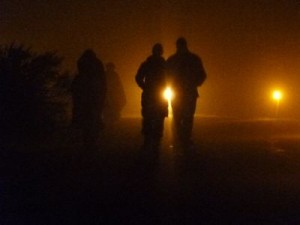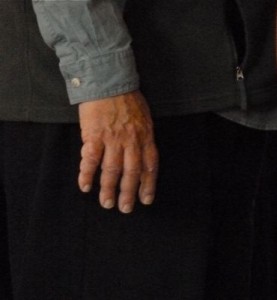Full-Spectrum Forgiveness, Part 15: Practicing Forgiveness, Part 2

This Post follows the Social and Mental Forgiveness Tips from Part 1. You can  move from Mental toward Transcendental Forgiveness like this: Realize that forgiveness and even love need not be held hostage to understanding. We may have no clue why loved ones let alone strangers act as they do. Being willing to extend compassion for their humanity whether or not we understand is a transcendental act.
move from Mental toward Transcendental Forgiveness like this: Realize that forgiveness and even love need not be held hostage to understanding. We may have no clue why loved ones let alone strangers act as they do. Being willing to extend compassion for their humanity whether or not we understand is a transcendental act.
Now we continue with Emotional and Transcendental Forgiveness Tips:
Emotional Level
- Acknowledge and accept your pain. Release judging or shaming yourself for feeling pain.
- Be kind to yourself, especially when others are not. Extend compassion to yourself when you are in pain.
- Notice the way stuck rage and pain poison and pollute you.
- Notice the ways you fight off receiving forgiveness—and soften.
- Make friends with your pain. It guides you to healing.
- Seek to release getting mad at yourself for getting mad at yourself.
- Be consistently loyal to your authentic feelings, whether or not you choose to share them.
- Discover the vulnerable feelings beneath your anger. Face them gently and find out what you need to treat the vulnerable part kindly.
- Cry, letting your tears purify your heart. (If you would like a recording of my )****
- Use flower essences or homeopathic remedies that address your exact emotional patterns.
- Get support for issues you repeat over and over. Energy-based therapies help such as EFT-type methods, Thoughtfield Therapy, and EMDR.
- Set up circumstances where you can experience totally safe touch, like massage or reflexology.
- Pay attention to the way you hold your pain in your body and breath.
- Practice compassion for people’s vulnerabilities and compensations, including your own.
- Give your sub-personalities each a voice. Allow the hurt and angry ones to express. Let the parts that long to forgive to speak too. How do you feel in your body when each voice speaks? See yourself as bigger than your wounds so your healthy parts can support you.
If you are going through recent or severe trauma, see:
“Self Care for Serious Betrayal of Major Transitions”
Transcendental Level
- Find the place inside where you are willing to let your protection layer be removed.
- Open yourself to grace, even when you cannot feel it.
- Forgive the soul, not their actions.
- Discovering new dimensions of your inner experience by going deeper.
- Practice Positive Vulnerability (see Post 7 in series).
- Before sleep, set your intention to experience forgiveness in your dream state.
- Keep the company of profound and loving people.
- Pray. Or somehow open your heart to larger-than-self assistance. If you are too angry to do so, work with the Emotional Level tips first.
- Learn to recognize the difference between the good clean pain of your heart opening and the crushing heartache of being treated cruelly. Welcome a breaking heart when it means developing greater tenderness and compassion.
- Explore what it means to be fully and completely human.
- Learn to broadcast authentic energies and sensations of forgiveness.
- Work with a group of people who combine their intention toward forgiveness. Make sure they are authentic and admit their wounds.
- Dedicate every bit of energy you release to healing the kinds of issues that caused your wounds, for all beings.
Take your time to forgive, going ever more deeply through the spiral of experience that covers the same ground over and over, yet every time with more of yourself Present.
Which Forgiveness Practices work best for YOU?
Which discoveries have surprised you about yourself as you’ve explored forgiveness?
Please share YOUR tips and insights about forgiveness.



























